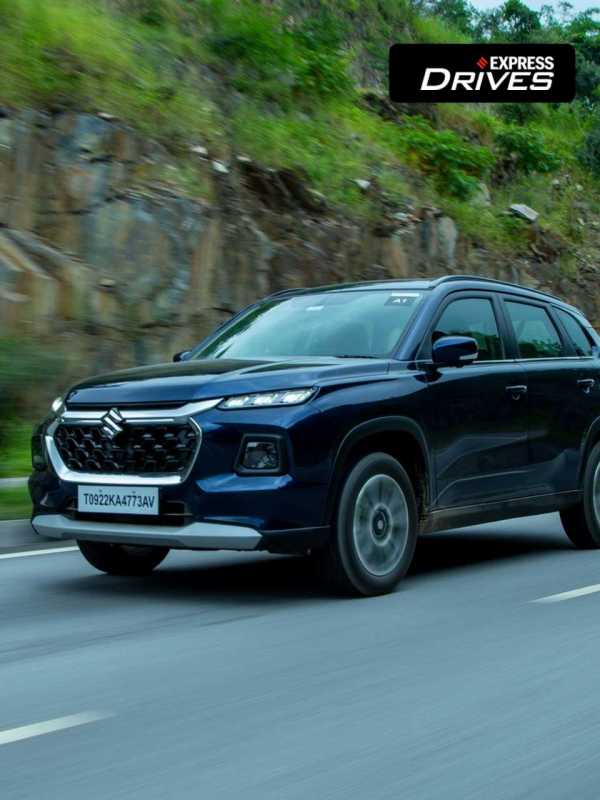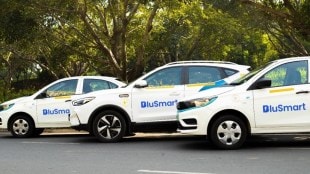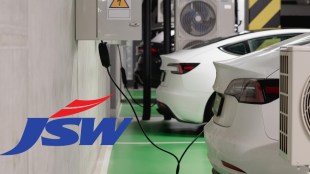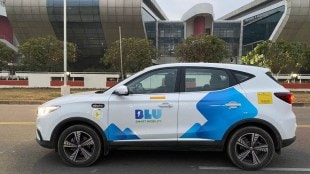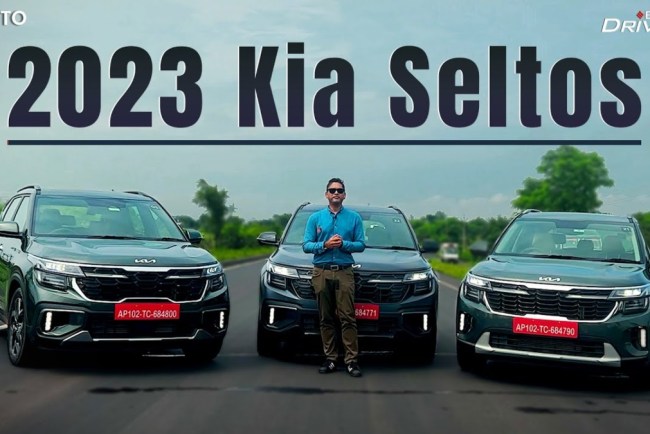By Yogesh Prakash
In multiple instances, India has showcased its readiness to move forward on the Sustainability agenda. The transport sector which has been traditionally based on ICE vehicles, undoubtedly, is the major constituent of India’s gigantic carbon footprint. In tandem, a fundamental shift towards greener mobility alternatives has created a massive disruption in the Indian mobility landscape with electric mobility emerging to the forum as the frontrunner.
In a major push to electric mobility against the backdrop of ICE vehicles, stands the country’s ambitious ‘EV30@30’ target, which essentially means ensuring 30% new vehicle sales to electric. Supercharging India’s EV landscape is a rich amalgamation of robust EV charging infrastructure, with active investments in the R&D sector to make it a more commercially viable segment.
Despite the tremendous progress, the EV industry continues to be plagued by its long-lasting foe, namely inadequate EV manufacturing. The present EV manufacturing industry has a long way to go to become competitive in the global market. Characterised by an accelerated cost of EV batteries and motors, the segment is fragmented by the increased dependency on imports, which has not only hampered EV penetration but also tampered with India’s ‘Make in India’ endeavour.
EV Financing Conundrum
The limited availability of dedicated financing options imposed due to a reduced concentration of lenders, specifically working in the EV space, has been a major hurdle for EV manufacturers. Since, only a few lenders operate within the EV financing space due to high costs involved, the lack of an intricate financing network that seamlessly connects OEMs, dealers and lenders within one united pool has also aggravated the problem further.
In tandem with the deficit EV financing landscape, dynamically cohesive lending platforms have emerged, offering an escape into an expedited loan processing experience that mutually connects and benefits lenders, dealerships and OEMs. With a seamless network that intricately connects diverse players in the EV space, OEMs have been able to attract and interact with new financers, which has been instrumental in mitigating the financial bottlenecks in bolstering India’s EV manufacturing.
Technological Complexities
It’s an understatement to say that finding the right vendor for diverse EV products within the already confined EV lending market is not a hassle for manufacturers and dealers alike. Additionally, the lack of a tech-powered lending atmosphere has refrained manufacturers from connecting with EV financers due to geographical constraints, limited connectivity and much more.
Given the inadequate tech-enabled EV financing infrastructure, the proliferation of embedded lending technology in advanced EV financing platforms has revolutionized the rapidly evolving EV businesses. Embedded with new-age technology, these platforms enable lenders and OEMs to connect from any part of the country, resulting in reduced customer acquisition costs and rapid loan processing for lenders and dealers alike.
Breaking Conventional Barriers of No Leadership Network
For so long the absence of tech integration has led to poor leadership network management, which implies that EV manufacturers and dealers have been forced to undergo the conventional cycle of financing. Within a traditional financing setup, borrowers have had to go through multiple rounds of exhaustive paperwork till they connect with the leadership network, namely lenders who then decide their eligibility for loans.
Following the advent of the AI-powered digitised EV lending ecosystem, the world of EV financing has made way for a coherent system that directly connects EV manufacturers with lenders. Post which EV stakeholders can authenticate, manage and generate instant loan offers for dealers, based on their requirements. With tech-backed lending, not only does the financing process become secure and transparent, but it also allows dealers to keep real-time track of loan processing.
Collective Efforts by OEMs, and Dealers
While changes at the level of lenders will be greatly appreciated in redefining the EV financing landscape, it’s high time that OEMs and dealers also jump on the technology bandwagon to further boost EV penetration in the country. At the standard of OEMs and dealerships, it’s pivotal they integrate tech-powered lending platforms into their operational models. Not only will it help them convert users into buyers, but it will also enable them to offer a holistic lending experience from a unified platform, catering to instant credit-risk evaluation to expedited approval and more. With trained dealers at the forefront, delivering expert advice and guidance through every step, the EV financing market is in for a seismic transformation.
Moving Forward
By encouraging efforts to promote OEMs and dealerships to connect with mainstream financing, the government can ensure equitable adoption in both rural and urban settings. Further, by offering tech incentives to mobility seekers who have adopted EVs, the government can showcase the potential of EVs to financiers, encouraging more and more financiers to expand their lending portfolio towards EVs.
The author is Co-founder, Finayo
Disclaimer: The views and opinions expressed in this article are solely those of the original author. These views and opinions do not represent those of The Indian Express Group or its employees.








